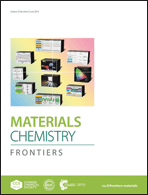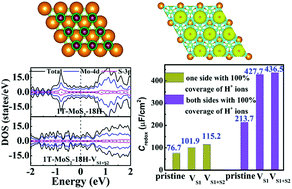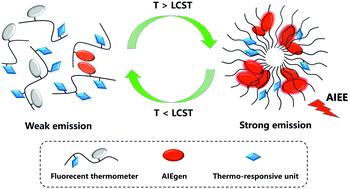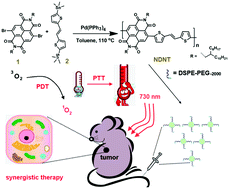Materials Chemistry Frontiers is delighted to share with you the HOT articles of August 2019!
You can access these publications for free till 31st October 2019 by logging into your free Royal Society of Chemistry publishing personal account (http://pubs.rsc.org).
On-site visual discrimination of transgenic food by water-soluble DNA-binding AIEgens
Zhe Jiao, Zongning Guo, Xuelin Huang, Hongbo Fan, Miao Zhao, Dianming Zhou, Xiaolei Ruan, Pengfei Zhang, Sixing Zhou and Ben Zhong Tang
Mater. Chem. Front., 2019, Advance Article
https://doi.org/10.1039/C9QM00279K
Design of a novel scandium silicate based blue-emitting phosphor with high efficiency and robust thermal stability for warm WLEDs and field emission displays
Qiang Zhang, Xicheng Wang, Zuobin Tang and Yuhua Wang
Mater. Chem. Front., 2019, Advance Article
https://doi.org/10.1039/C9QM00370C
Flexible control of excited state transition under pressure/temperature: distinct stimuli-responsive behaviours of two ESIPT polymorphs
Aisen Li, Hao Liu, Chongping Song, Yijia Geng, Shuping Xu, Hongyu Zhang, Houyu Zhang, Haining Cui and Weiqing Xu
Mater. Chem. Front., 2019, Advance Article
https://doi.org/10.1039/C9QM00395A


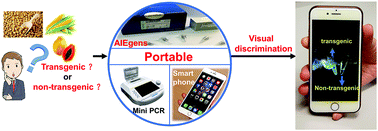
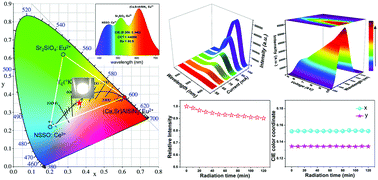
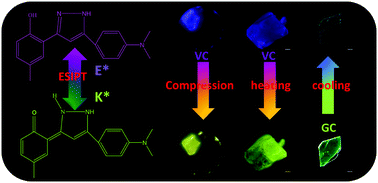









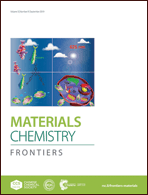 The front cover story,
The front cover story, 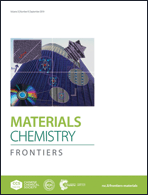
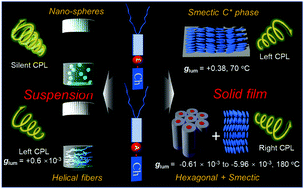
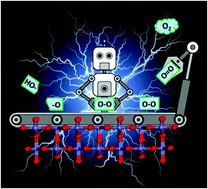
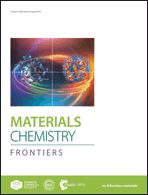 The front cover story,
The front cover story, 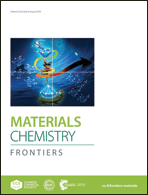
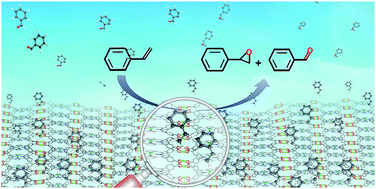

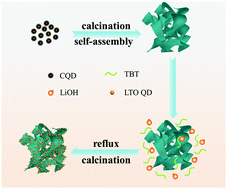
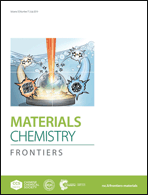 The front cover story,
The front cover story, 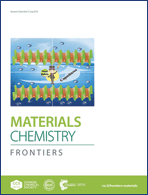

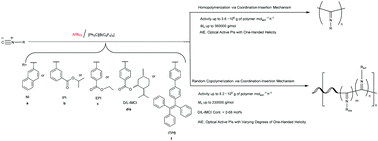
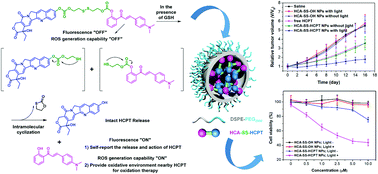

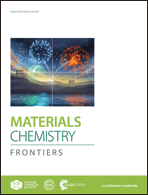 The front cover story,
The front cover story, 